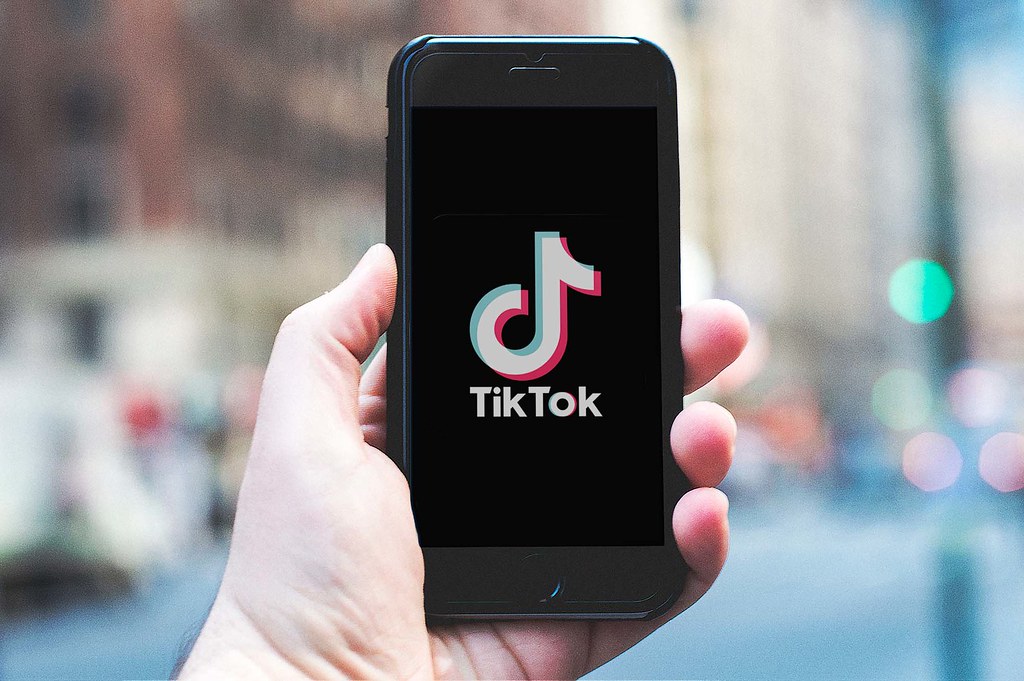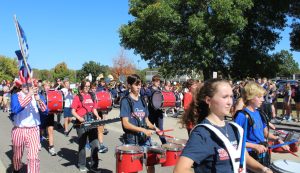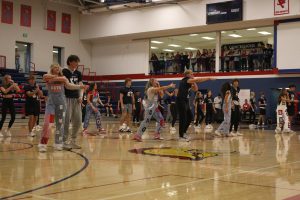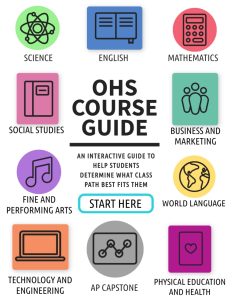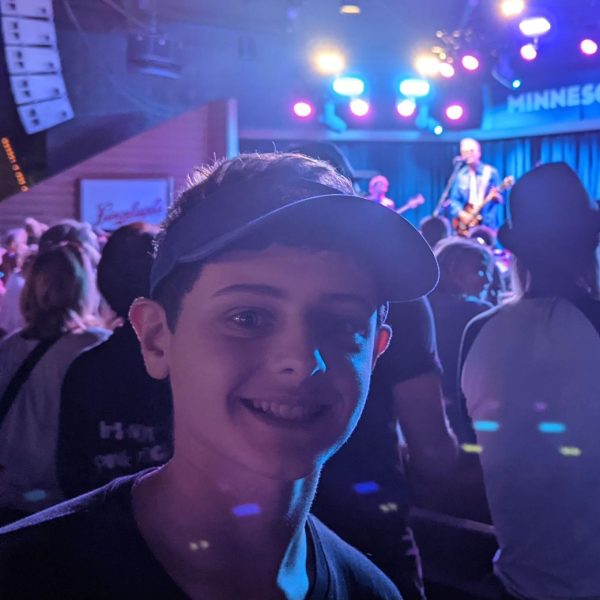COVID-19 causes panic
COVID-19 causes panic throughout the world, and now Orono is questioning the possible impact on families and staff.
March 12, 2020
Ajalon Peterson
News & Features Editor
The coronavirus: it’s the only thing on the news these days. Originating in Wuhan, China, the novel coronavirus has now reached pandemic level, according to the World Health Organization. Entire countries are on lockdown, and President Trump gave a statement this morning announcing a thirty-day travel suspension from Europe. According to the CDC, the first case of COVID-19 appeared in the United States on January 14th of this year. Today, Johns Hopkins University estimates that about 1,323 people in the United States are infected with the virus, and 30 have perished.
Due to mass panic, there is a lot of misinformation surrounding the virus.
“For one, it’s not called the coronavirus. Coronaviruses are a large family; a cold is a coronavirus. This virus is classified as COVID-19,” science teacher Renate Fiora said.
While hygiene items like hand sanitizer are flying off the shelves, they may not be the most effective preventative measure against the virus.
“I read an article recently that said in order to actually kill viruses like the coronavirus, you would need to literally submerge your hands in sanitizer for around 30 seconds. 10 seconds and it evaporates… that just isn’t going to cut it,” biology teacher Jeffrey Buch said.
Buch would be right: the CDC is not recommending hand sanitizer as an effective disinfectant. They do, however, have extensive hand washing guides, and recommend that you wash your hands for at least twenty seconds.
Schools in Minnesota are shutting down to prevent the spread of the virus. According to the University of Minnesota’s Twitter page, they will be suspending face-to-face classes until April 1st at the earliest. Concordia University has moved classes online for the rest of the semester.
As for Orono, the superintendent Karen Orcutt released an email stating that Orono has a history of well-developed response plans for flu pandemics and that they are in a “prevention and preparedness stage.” The last pandemic comparable to this was the 2009 H1N1 pandemic, although it appears to have had a lower mortality rate than COVID-19.
“I was working at the time; we were one of the first schools in Minnesota to see it. I believe we shut down the school for 2-3 days,” high school nurse Ann Turner said.
In 2009, though, students did not have personal learning devices like they do now. Online work would have been a major struggle, whereas now, most students would have the ability to continue their education through an online program. The decision to close would not necessarily be an independent decision on the part of the administration.
“Really, almost all of our direction on things like this come from the Department of Health. So we work with the Minnesota Department of Health and the Centers for Disease Control. Frankly, they are working with the US Department of Health as well as the Department of Education,” Director of Special Services Kristine Flesher said.
As of now, there hasn’t been any school closure recommendation from the MDH or CDC, and there are no plans to close Orono Schools. If that situation does arise, it would be communicated in multiple ways such as email, social media, voicemails and more. Parents are encouraged to check Parentvue and ensure that their contact information is up to date. It has now been confirmed that the eLearning platform would be Schoology.



































